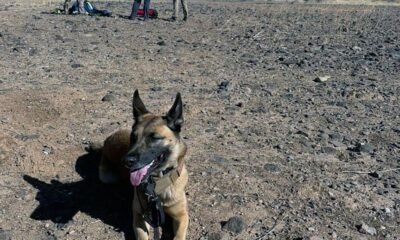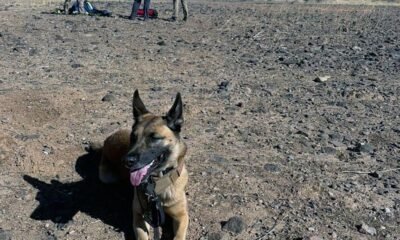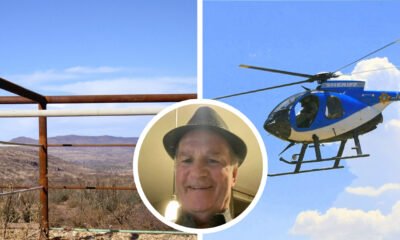health
Heat Deaths Decline in Maricopa County, but Officials Fear Future Resurgence

The number of deaths in Maricopa County suspected of being caused by heat has dropped to below 2023 levels. Arizona’s heat czar says it may not last.
PHOENIX — The number of deaths suspected of being caused by heat in Maricopa County has now dropped to below 2023 levels, according to the latest data from county health officials.
This time last year, there were 470 deaths under investigation. This year, there are 438.
That’s a marked difference from mid-July when heat-related deaths were up almost double from 2024.
“We saw our first 100-degree day back in April,” Dr. Eugene Livar, Arizona’s chief heat officer said.
Livar, who’s tasked with coordinating the state’s heat plans from the Department of Health Services, said the high numbers were likely because severe temperatures started earlier than planned.
Still, more than 400 people are suspected of dying due to heat-related causes. According to the current stats from Maricopa County, 78% percent of the confirmed deaths are people who died outdoors. Of those that died inside, 87% of them had air conditioning, but it either wasn’t turned on or wasn’t working.
Livar said poverty and homelessness are addressed in the state’s plan, which is based on improving year to year. This is the first year the state has data to base further actions on.
But in the last two weeks of reporting, Maricopa County’s numbers have dropped significantly. Livar said they may not stay that way.
“It may change in two weeks or two months, depending on what happens with those investigative cases that Maricopa County is looking at,” Livar said.
There are still months of triple-digit temperatures left. Livar said the Heat Relief Network is working, opening and running cooling centers, but it’s difficult to get word to the people who need them.
“Because it really takes a village to move forward with these efforts and we all need to work together,” Livar said.


















